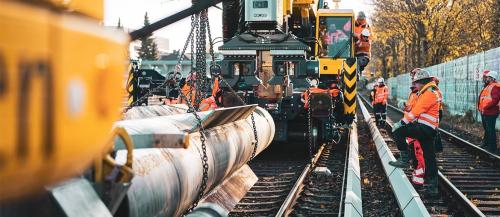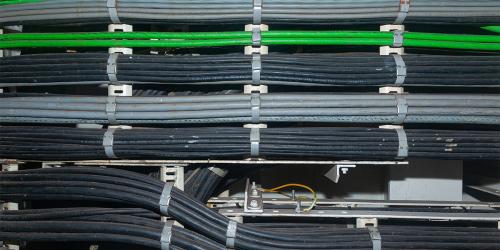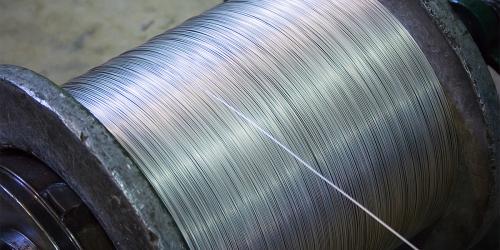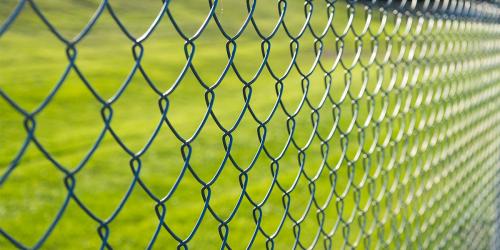Welding, the simple yet essential process of joining two metal parts using heat, is a crucial part of the technology we all take for granted, from cars and mobile phones to light switches and our daily shower. It is hard to say exactly how many products and machines have required some kind of weld during production but expert estimates suggest at least 50%.
Five Ways to Weld
-
You could weld in the way it was first done, many years ago. Perhaps you’re thinking 50 or 100 years ago, when some bright spark literally changed the path of technology forever. The fact is that you’ll have to set your time machine a bit earlier, something like 5,500 years earlier. Yes, the first welders were our ancestors back in the Bronze Age and the process was known to the Ancient Egyptians, as evidenced by paintings of people carrying out the task.
-
You could let a robot do the weld. We are so used to robots running our factories that it seems completely natural but back in 1961 the first industry robot in the world was showcased by General Motors and caused a big stir. Well, actually, it caused lots of small, simple welds. It clunked, it clanked, it weighed two tonnes, it was called Unimate and it was the delight of all who laid eyes on it. Long consigned to the annals of history, the progeny of Unimate lives on and auto welding machines rule the factories, strong enough to join car parts and delicate enough to create the tiny circuit board in your phone.
-
You could go and weld in space. It was first tried by Russian cosmonauts in 1969 without much success but the result were duly recorded, analysed and used to improve techniques. Now, astronauts regularly weld in outer space, repairing and maintaining such manned satellites at the ISS.
-
You could weld at the bottom of the sea. The deepest underwater dry weld inside a structure was a mighty 327.7m deep, carried out by Global Industries. The US Navy took it even deeper with an underwater wet weld at 609.6m below the surface; carried out with no protective chamber and fully exposed to the masses of seawater all around, this has got to be the toughest way to weld.
-
You could get a decent, appropriately sized welder and start welding all sorts of things using our TIG welding wire and MIG welding wire, which is the only kind you’ll ever need. 100% quality from the first metre to the last.
Find out more information on our welding wire!






